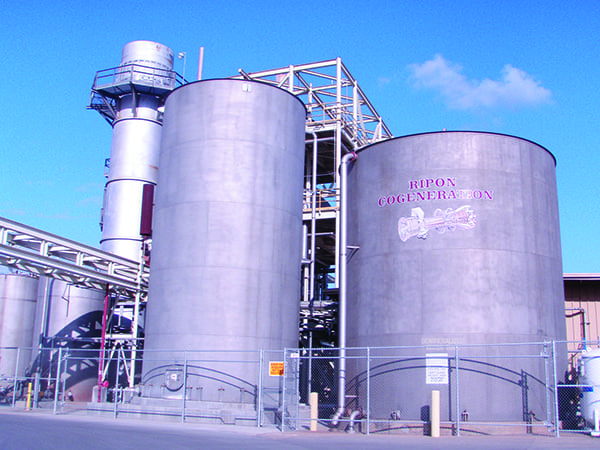Additionally, the plant replaced its old proprietary network with EtherNet/IP to help ease installation of the new system and smoothly integrate it with existing subsystems. Furthermore, the new open network allows the plant to easily expand in the future and take advantage of new Ethernet-based devices or equipment.
Once implemented, the new and fully integrated automation control system enhanced overall performance at the plant. Nuisance fail-safe events have dropped by nearly 90%, while startup times have improved by 25%. Fewer shutdowns also have helped the plant keep emissions well within check, which has helped ease regulatory compliance.
Plant personnel can now use role-based dashboards with real-time insights into production to more easily monitor process variables. For example, operators now have visibility into the gas turbine’s inlet air temperature and what affects it, which allows them to proactively respond to changes and improve productivity. They also can use new insights into certain process variables to determine if they can ride through small aberrations or need to perform a complete shutdown.
Secure Implementation
The nature of power plant operations is evolving and so are the security risks. More-connected operations allow plants to converge previously isolated systems and convert raw process data into actionable production intelligence. But all this connectivity can create potential entrance points for industrial security threats that can take many forms, including physical or digital, internal or external, and malicious or unintentional.
When upgrading gas turbine controls, plants must address a number of industrial security concerns, including:
■ Helping protect their valuable intellectual property.
■ Helping prevent intrusions that could impact productivity, worker safety, or the environment.
■ Maintaining critical systems on which populations depend.
Avoiding network-related downtime.
■ Securely allowing remote access to their operations.
Power-generation and distribution systems make up an important part of critical infrastructure. The North American Electric Reliability Corp. (NERC) Critical Infrastructure Protection (CIP) standards were developed to help protect them. At the foundation of the standards is the principle that industrial security must be holistic, and a security assessment is key to the right approach. A security assessment can help a power plant understand where risks and areas of vulnerability exist, and identify the mitigation techniques that are required to bring operations to an acceptable risk state.
Once the assessment is complete, a defense-in-depth security approach should be implemented. Based on the notion that any one point of protection can and likely will be defeated, defense-in-depth security uses physical, digital, and procedural safeguards to holistically establish multiple layers of protection across an organization.
Holistic security applies to a power plant’s security efforts, and to those of its vendors and partners. Therefore, plants should make a point to only work with trusted vendors that follow specific security principles when designing products.
There is an abundance of available industry resources that power producers can take advantage of to help bolster their security efforts. Converged Plantwide Ethernet (CPwE) reference architectures from Cisco and Rockwell Automation, for example, provide useful guidance for managing network-access security and addressing unknown risks.
Powering a Better Future
By modernizing aging or obsolete gas turbine controls, power plants are simultaneously abandoning the shortcomings of their legacy technologies and tapping into the potential of smart technologies. Moreover, by embracing a holistic approach to security, they can put their operations in line with industry best practices to help protect assets, employees, facilities, and competitive advantages. ■
—Tom McDonnell is North American power generation industry leader with Rockwell Automation

